Stepping into any art gallery, the last thing you expect to be greeted by is a cacophony of barking and wet noses on your knee. This, however, was the welcome I received at the current exhibition at Southwark Park Galleries.
Dog Show is, as the name suggests, about dogs. Not just about dogs, though; each of the works has been chosen by a dog — or, as they put it, a canine curator. ‘We’ve never asked dogs about their opinions on art, even though some dogs see an awful lot of it,’ explains Judith Carlton, director of Southwark Park Galleries. Well yes; it’s most likely true that no one has ever asked dogs for their thoughts on art, but there’s probably a reason for that. I’m not sure my dog has ever paid any attention whatsoever to a piece of art; perhaps a sculpture of a tennis ball could be the one exception.
But the canine curators of this exhibition have done a very good job — much better than my philistine dog could do. It probably helps that these are all particularly cultured dogs. One of them, Tess, is a border terrier owned by art dealer Karsten Schubert. Another, Olive, lives with artist and curator Matthew Higgs. ‘I think Olive sees more exhibitions in a week than I’ve been to in my life,’ comments Carlton. Turning dogs into curators sounds like a pretty novel idea. But as Philomena Epps writes in the exhibition booklet: ‘One could quite easily rewrite the mainstream story of 20th-century art through the eyes of dogs,’ whether that’s Frida Kahlo’s hairless Mexican ixquintle, or Lucian Freud’s whippets.
Either way, the curators have chosen a fun and quirky selection of pieces. As you walk into the Lake Gallery, the first thing you notice is a number of dogs lying about the place, looking as if they’re just having a quick snooze. These are part of an installation called ‘Let Sleeping Dogs Lie’ by American artist Ryan Brown, who was inspired by the street dogs of Lima. I have to say I was fairly surprised that none of the visiting dogs decide to ‘interact’ with the Peruvian street dogs. But these cultured hounds are intelligent enough to recognise that these imposters are mere replicas.
There are plenty of familiar names here, many of them well known for their love of dogs. Photographer William Wegman, famed for his work with his own weimeraners, has two video pieces, chosen by cockapoo Samson. Heather Phillipson, who will take over Trafalgar Square’s fourth plinth in 2020, has one section of the room for her installation and video ‘OTHER FIBRES’, starring a poodle called Gavin, while Lucian Freud’s whippet, and both drawings and performances by Joan Jonas, with her dogs Ozu and Zina, also appear.
The second half of the gallery space is housed in the Grade II-listed former Clare College Mission Church; one of the earliest examples of poured-concrete construction. Now named the Dilston Gallery, it’s a venue for large-scale contemporary art. The centrepiece here is a rolling video installation by Turner Prize-winning artist Martin Creed, which doesn’t go down too well with a visiting poodle who decides to bark at it until he’s removed. Even the dog bowls are part of the exhibition, designed by Rob Pruitt and previously displayed on the streets of New York as part of the Peanuts Global Artist Collective.
An exhibition about dogs, curated by dogs, might sound barking. But in reality, it works. Don’t take my word for it; take your pooch along yourself and see what they think. You could even visit on the special Day for Dogs on 31 August, which will feature half-hour slots for dog portraits with Sally Muir, and a special interactive installation consisting of 1,000 squeaky dog toys. I can’t quite decide if that sounds more like heaven or hell, to be honest.
Got something to add? Join the discussion and comment below.
Get 10 issues for just $10
Subscribe to The Spectator Australia today for the next 10 magazine issues, plus full online access, for just $10.
You might disagree with half of it, but you’ll enjoy reading all of it. Try your first month for free, then just $2 a week for the remainder of your first year.


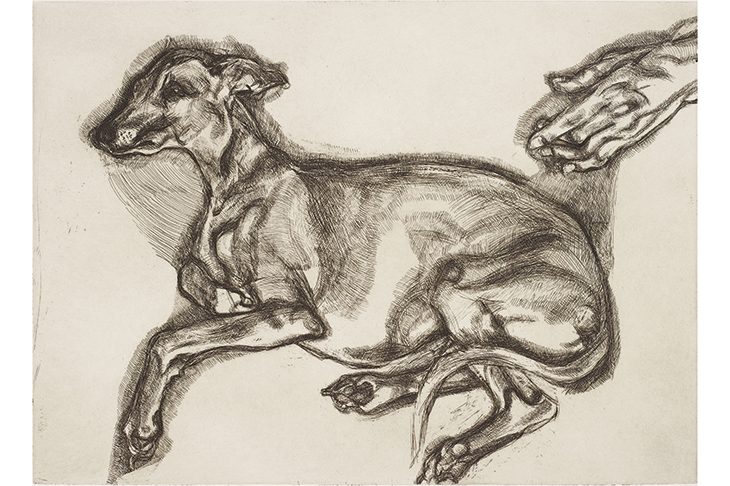


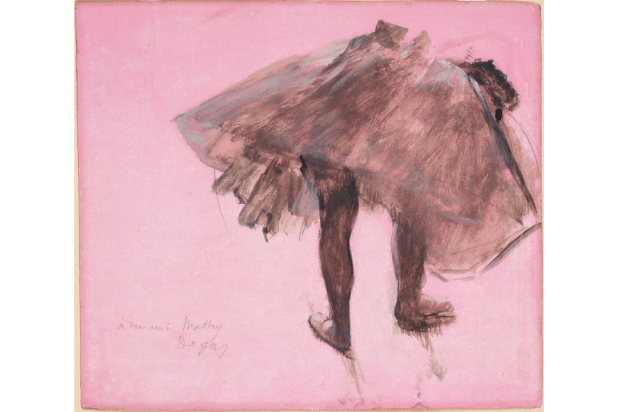
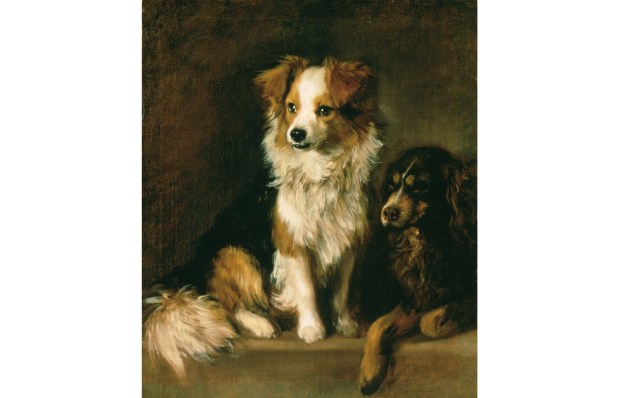
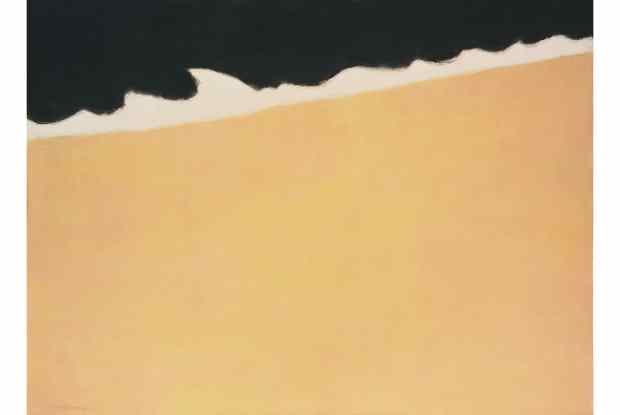
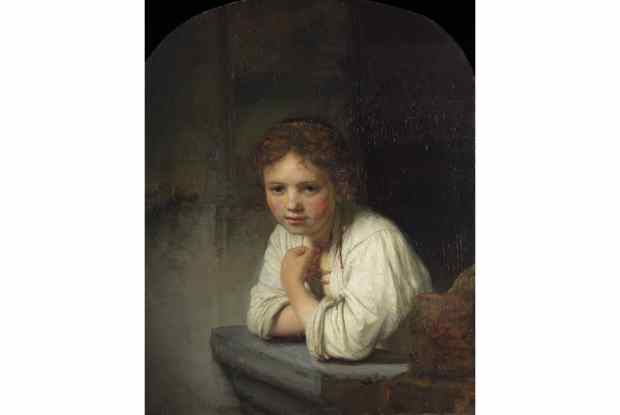






Comments
Don't miss out
Join the conversation with other Spectator Australia readers. Subscribe to leave a comment.
SUBSCRIBEAlready a subscriber? Log in